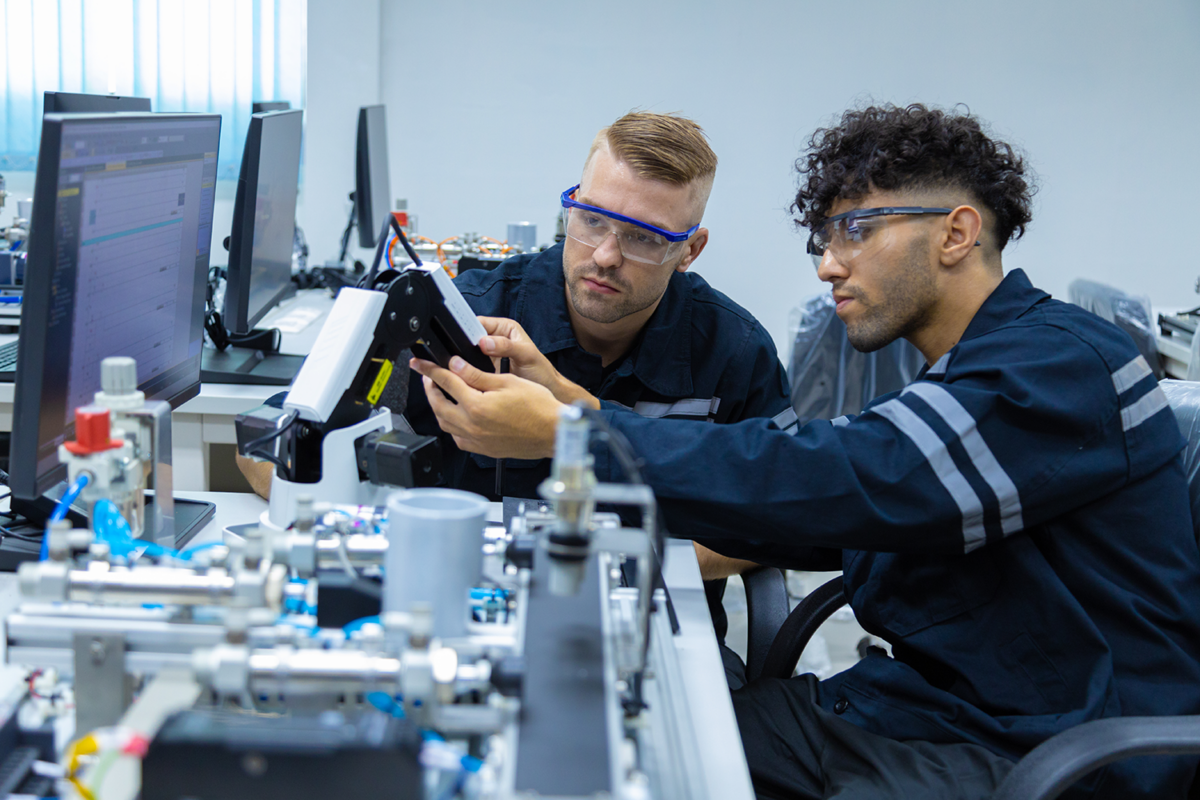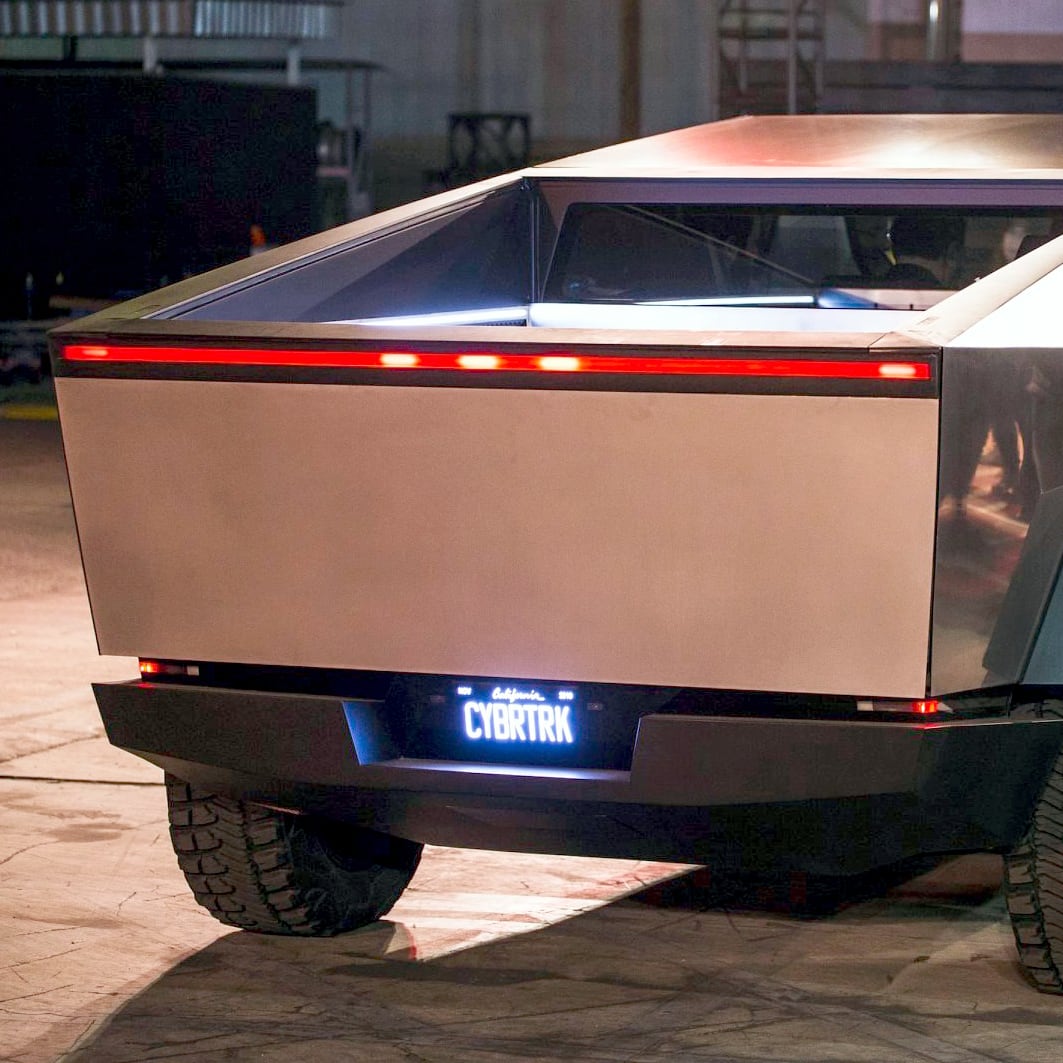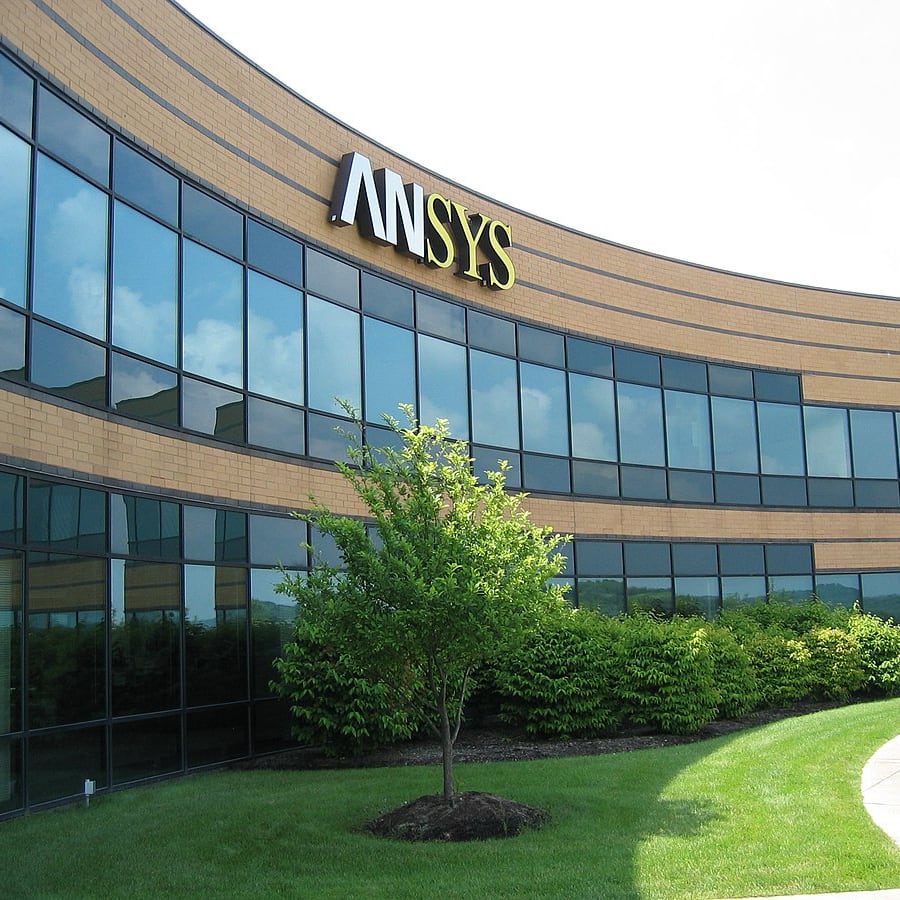
#1 in Canada for Aerospace Engineering
(ShanghaiRanking of Academic Subjects, 2024)

#26 in the World for Aerospace Engineering
(ShanghaiRanking of Academic Subjects, 2024)
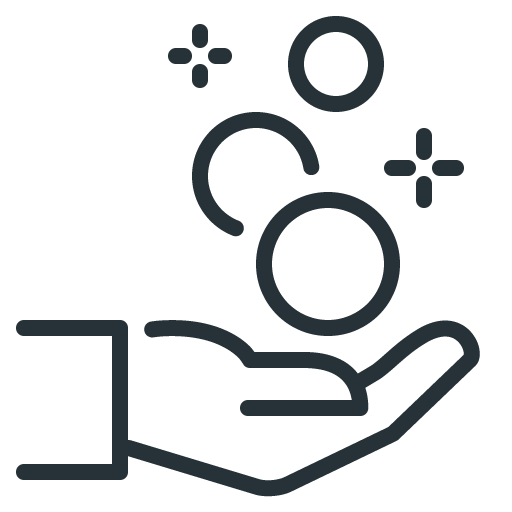
Canada’s only dedicated Space Engineering program
Program Overview
Want to build satellites, spacecraft, and robotics that power space missions and global communication? In Lassonde’s Space Engineering program—the only one of its kind in Canada—you’ll design and operate advanced space systems for Earth and beyond. The program offers:
Hands-on Space Tech – Design, build and test real satellite hardware, space robotics, and flight systems in state-of-the-art labs and research facilities, including access to Canada’s largest steerable antenna.
Research & Industry Access –Collaborate on missions with NASA, the CSA, and leading companies like MDA, Kepler and Magellan Aerospace. Gain up to 20 months of paid work experience through co-op.
Launch a Future-Proof Career – With space innovation booming in Canada, graduates work in satellite communications, spacecraft design, robotics, and space policy—at SpaceX, Honeywell, Tesla and beyond.

Inside Lassonde’s Drone Delivery Research

Meet Space Engineering student Marissa

Watching the rocket launch for ESSENCE

Meet Space Engineering student Matthew
Why choose this program?
Whether you’re passionate about spacecraft design, mission planning, robotics or space science, this program will prepare you for a career at the cutting edge of the fast-growing space sector.
✔ Real-world experience & industry connections
- Get paid, hands-on experience with up to 20 months of co-op at leading space organizations like MDA, Canadensys, and the Canadian Space Agency.
- Collaborate with faculty working on real space missions alongside NASA, CSA, and top aerospace organizations, benefiting from a low student-to-faculty ratio that fosters mentorship and personalized learning.
- Gain direct exposure to industry leaders, ensuring you graduate with the skills and experience employers need.
✔ Paid summer research opportunities

Undergrad research in the Nanosatellite Lab

Meet Space Engineering student Michelle

Space Engineering Student Ian on the undergrad research program

Checking in with Ian about the undergrad research program
✔ Cutting-edge learning environment
- Work with industry-standard space technology in hardware labs, robotics testing facilities and mission simulation environments.
- Design and test spacecraft systems used in satellites, planetary rovers and deep-space exploration.
- Use advanced software and tools to simulate orbital mechanics, mission planning, and space communications.
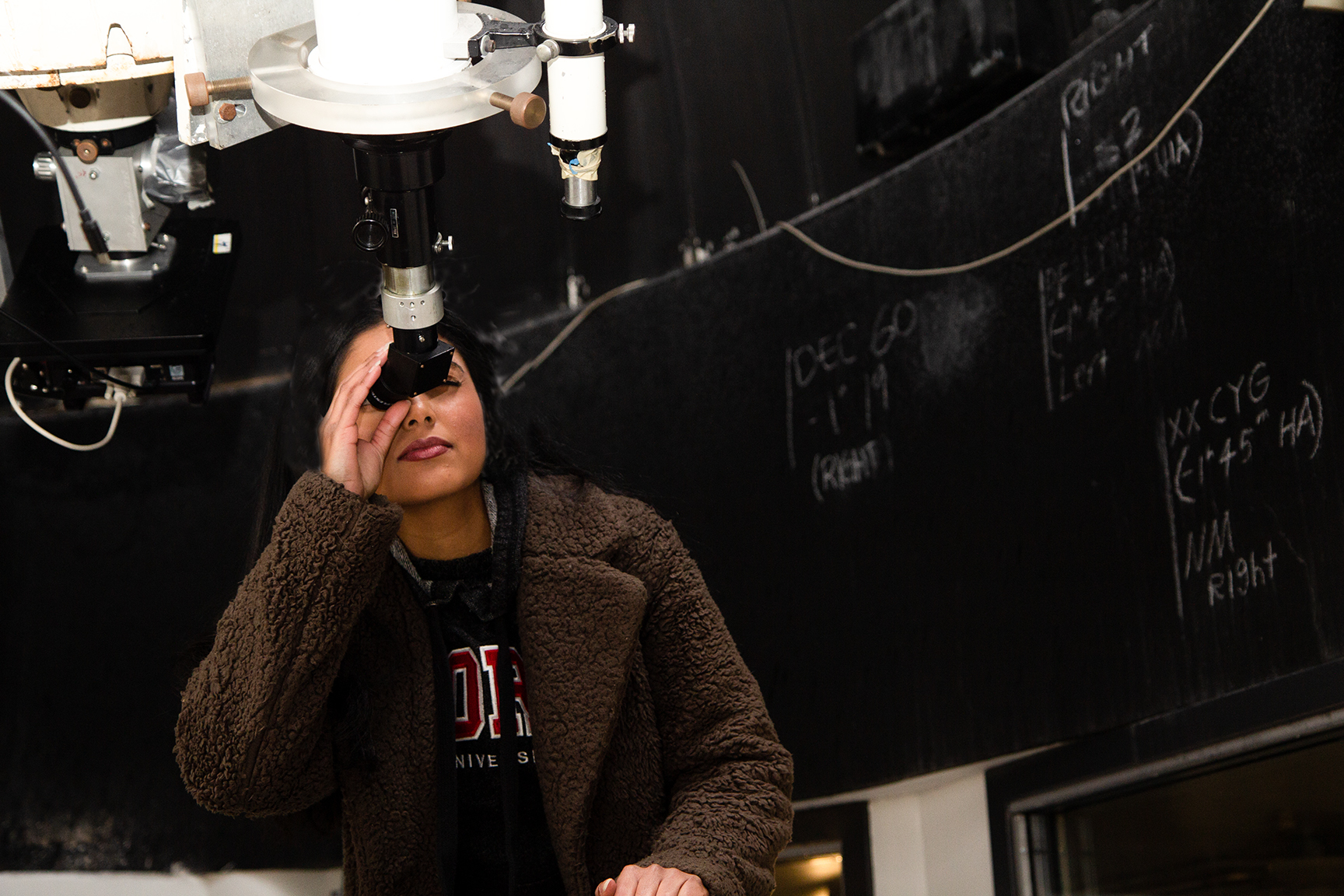
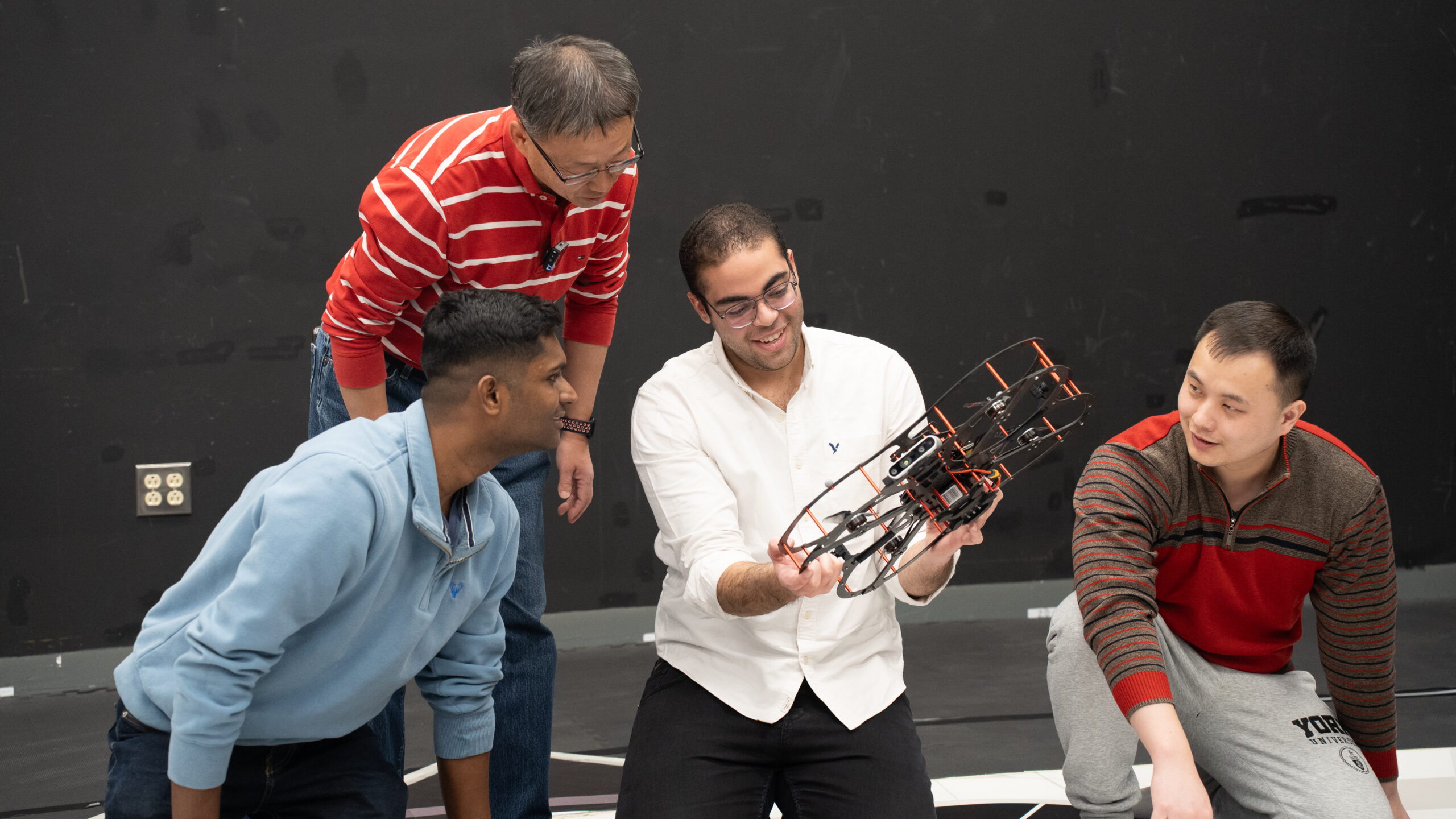
✔ Expand Your Expertise with the Mechatronics Certificate
- Designed for Space Engineering students, this certificate enhances expertise in electrical, mechanical, control and computer engineering, aligning closely with the curriculum.
- Expands career opportunities in robotics, aerospace, automotive, manufacturing, mining, biomedical industries and more.
✔ A degree built for the future
- With Canada investing heavily in lunar exploration, satellite technology and space innovation, this program puts you at the centre of a rapidly expanding industry.
- Tackle global challenges using space technology, from climate monitoring to disaster response and advanced communications.
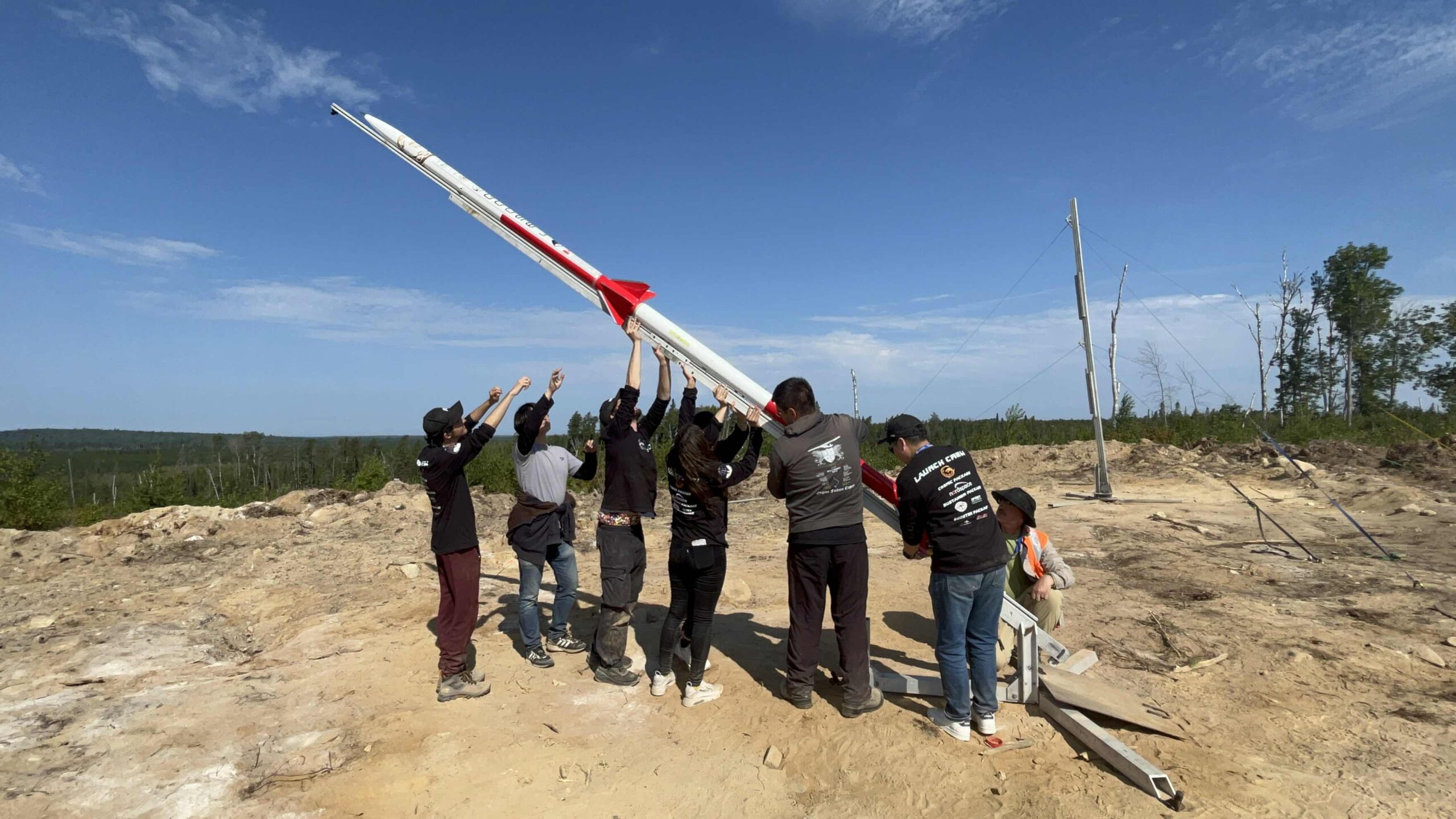
Launch Your Career in the Space Industry
With co-op opportunities and strong industry connections, you’ll gain the experience and expertise to thrive in a competitive job market.
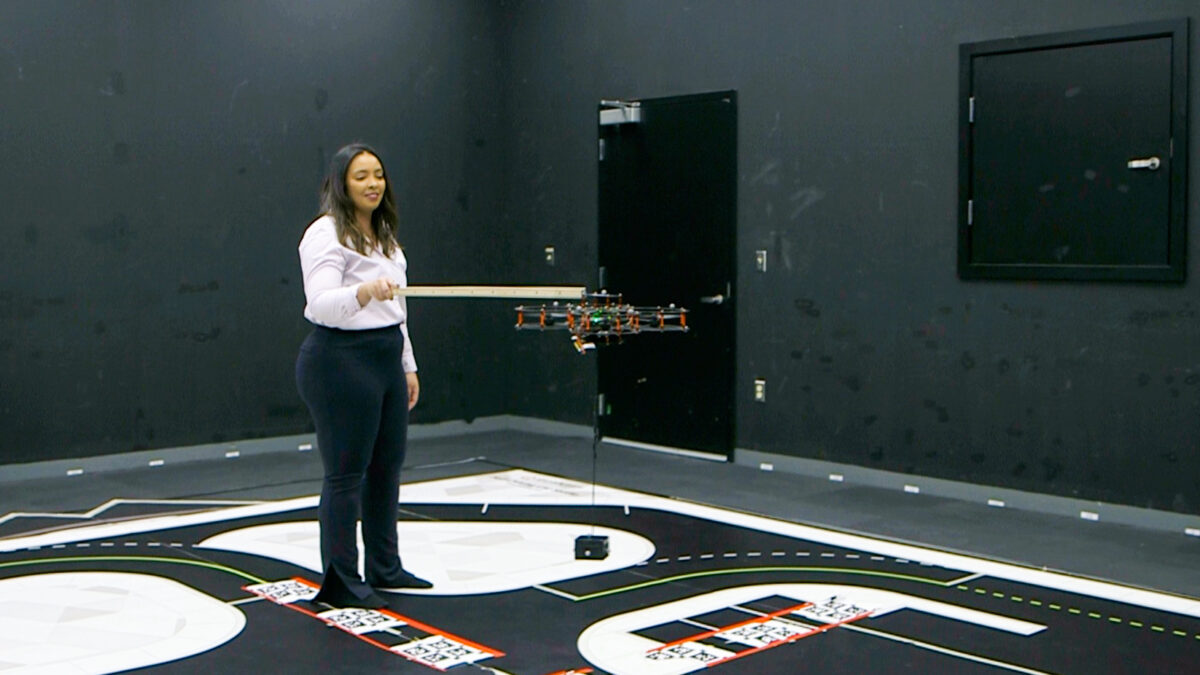
Where Our Grads Work
Beyond Aerospace: Expanding Career Horizons
Graduates of our program have secured careers with top space agencies, aerospace companies, and cutting-edge startups, including:
Grad Success Stories

Aniket, Guidance, Navigation & Controls Engineer, MDA Space

Inseon, Systems Engineer, Honeywell

Arvin, Spectrum Engineer, OneWeb
Beyond Aerospace: Expanding Career Horizons
Space Engineering skills open diverse career opportunities in industries beyond aerospace, including robotics, automotive, finance, and software development. Our graduates have secured rewarding roles at:
Your future career
A degree in Space Engineering opens doors to careers in:
Spacecraft Design Engineer – Works on the structure, thermal control and electronics of spacecraft.
Mission Systems Engineer – Integrates and oversees different spacecraft components to ensure mission success.
Autonomous Systems Engineer – Develops AI-driven navigation and decision-making systems for space.
GNSS (Global Navigation Satellite Systems) Engineer – Works on positioning and navigation technology for space missions.
Planetary Science & Instrumentation Engineer – Develops scientific instruments for space probes and planetary exploration.
Space Policy & Regulatory Specialist – Advises on international space law and commercial regulations.
NewSpace Entrepreneur – Develops technologies for commercial space startups, from satellite services to space tourism.
First-year core courses
All engineering students at Lassonde complete a common first-year curriculum. Courses include:
- Applied Calculus & Linear Algebra – Essential math skills for engineering problem-solving.
- Engineering Mechanics – Understanding forces, motion, and structures.
- Electricity, Magnetism & Optics – The physics behind modern space technology.
- Computational Thinking Through Mechatronics – Learn the basics of programming and automation.
- Materials Science for Engineers – Study materials used in spacecraft and space environments.
- Renaissance Engineering – A multidisciplinary approach to solving engineering challenges.
Sample First-Year Schedules
ENGINEERING – YEAR ONE COMMON CORE – FALL TERM
| MONDAY | TUESDAY | WEDNESDAY | THURSDAY | FRIDAY |
|---|---|---|---|---|
| Applied Calculus | Renaissance Engineering I | Engineering Mechanics | ||
| Applied Calculus | Applied Linear Algebra | Renaissance Engineering I | Applied Calculus | |
| Applied Linear Algebra | Renaissance Engineering I | Engineering Mechanics | Applied Linear Algebra | |
| Engineering Mechanics | Engineering Mechanics | |||
| Computational Thinking Through Mechatronics | Computational Thinking Through Mechatronics | Computational Thinking Through Mechatronics | ||
| Computational Thinking Through Mechatronics | Engineering Mechanics |
ENGINEERING – YEAR ONE COMMON CORE – WINTER TERM
| MONDAY | TUESDAY | WEDNESDAY | THURSDAY | FRIDAY |
|---|---|---|---|---|
| Materials Science for Engineers | Renaissance Engineering II | Electricity, Magnetism & Optics | ||
| Applied Calculus II | Renaissance Engineering II | Applied Calculus II | Renaissance Engineering II | Applied Calculus II |
| Object Oriented Programming | Object Oriented Programming | Materials Science for Engineers | Object Oriented Programming | |
| Electricity, Magnetism and Optics | Materials Science for Engineers | Electricity, Magnetism & Optics | Electricity, Magnetism & Optics | |
| Discrete Mathematics OR The Earth Environment | Discrete Mathematics OR The Earth Environment | Discrete Mathematics OR The Earth Environment | ||
| The Earth Environment | Object Oriented Programming | Materials Science for Engineers | Electricity, Magnetism & Optics |
Flexible learning option: Lassonde’s innovative new block model delivery allows first-year students to focus on one course at a time, blending in-person and online learning for flexibility, deep engagement, and reduced stress.
Specialized Space Engineering courses
As you progress, your studies will focus on designing, building, and operating space systems, with courses that provide hands-on experience in key areas:
Hands-on learning & lab experiences
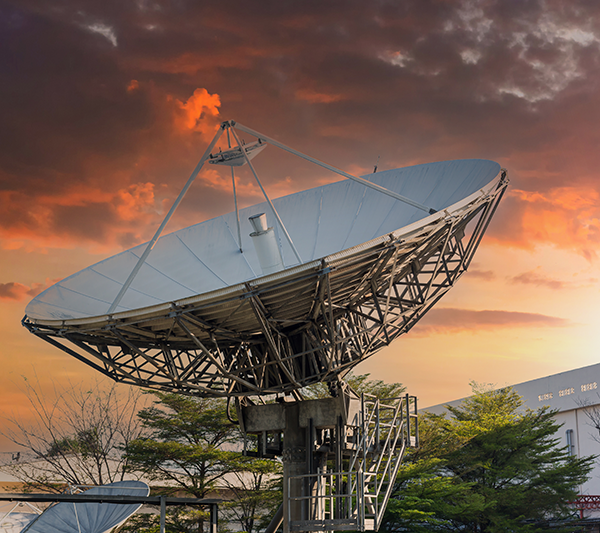
Satellite Communications
Work with a parabolic antenna to send and receive radio signals, gaining practical experience in space communication systems.

Flight Software Development
Program and test autonomous systems used in space missions.
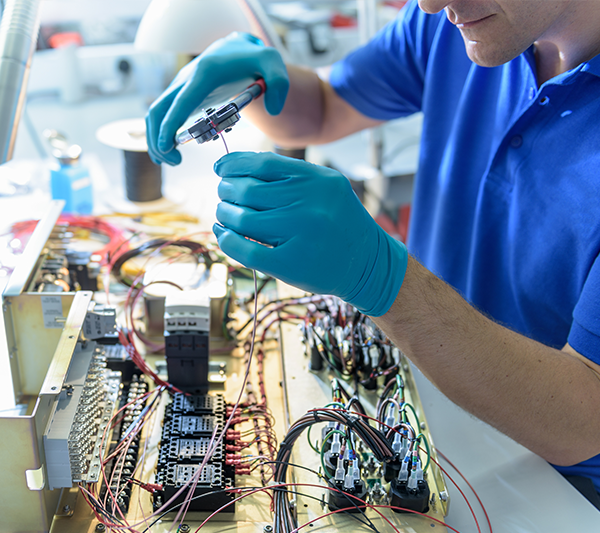
Hardware Testing for Spaceflight
Gain experience with industry-standard test methods before components go into space.
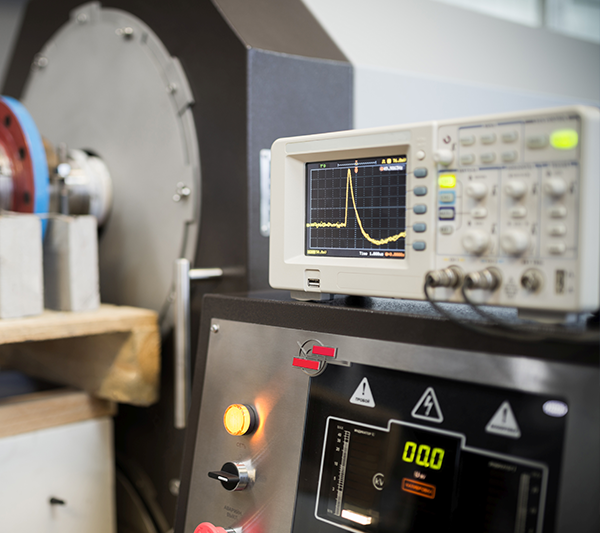
Vibration Testing Facility
Utilize state-of-the-art equipment capable of subjecting components and systems to vibration loads up to 1600 kg-force, simulating the rigorous conditions of spaceflight to ensure reliability and performance.
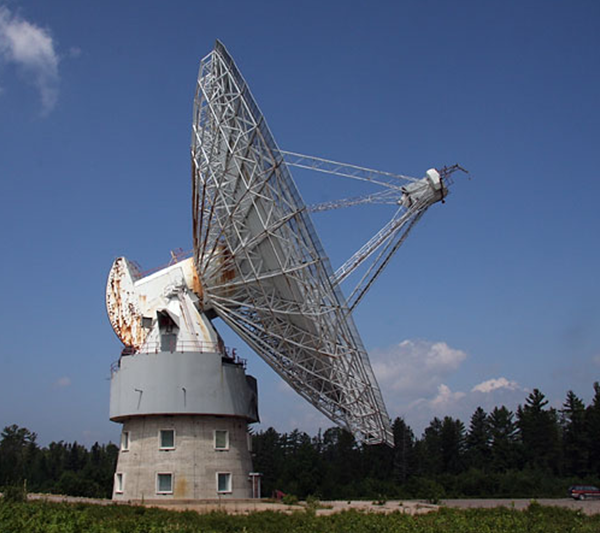
The Algonquin Radio Observatory
As part of their studies, 4th-year Space Engineering students use Canada’s largest fully steerable antenna to track GPS satellites, applying real-world techniques in satellite navigation and deep-space communication.

Control & Mechatronics Laboratory
Explore how spacecraft and aerospace systems maintain stability and precision. Using the Quanser AERO, a dual-motor experiment platform, students gain hands-on experience with real-time control systems, essential for spacecraft attitude control, drone navigation, and robotic autonomy.
Meet your professors
Professor Mike Daly
Professor Regina Lee
Meet master’s student Constantine
This is Lassonde: Podcast
Centre for Research in Earth & Space Science (CRESS)
Through Lassonde’s CRESS, researchers contribute to major space missions, develop new technologies, and explore planetary and climate science. Their work helps shape the learning environment, offering students opportunities to engage with cutting-edge research.
Thinking about grad school? Many students continue into Master’s and PhD programs, driving research in aerospace, robotics, mechatronics, and beyond.
Stories
View All View all storiesEnhance your Space Engineering experience
Available for all of our Engineering programs
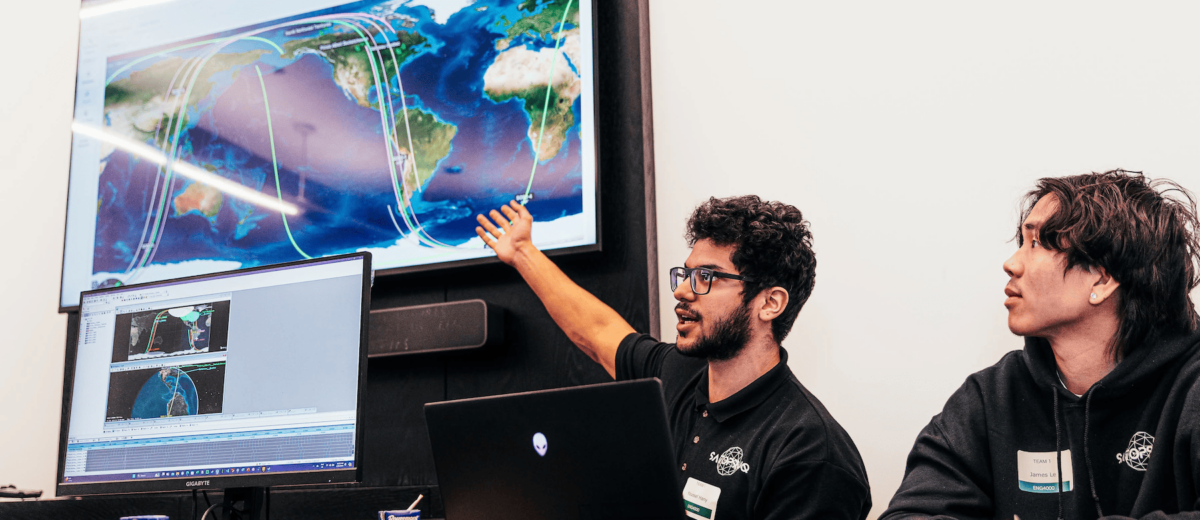
Co-op
Work a minimum of 12 months up to a maximum of 20 months while on co-op. You can earn up to 1 year of qualified experience towards your PEng.
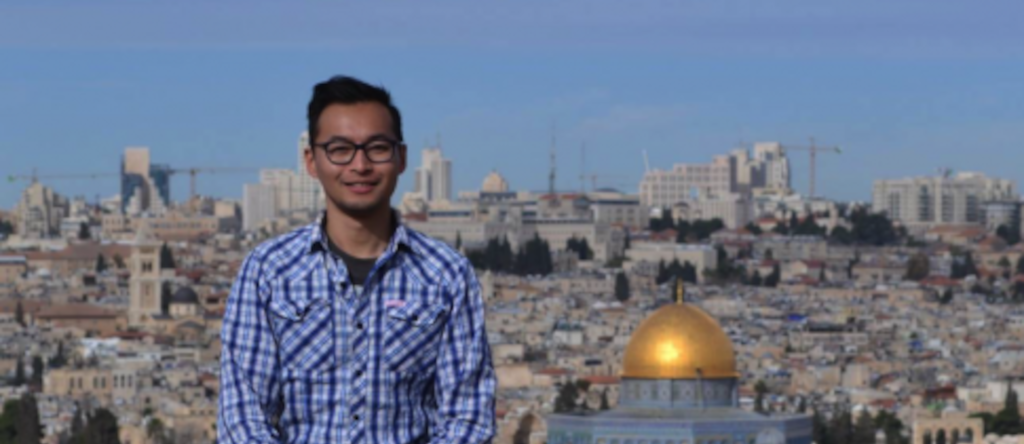
Dual Degree
Add a BA in International Development Studies with this Dual Degree. Available for all of our Engineering programs.

BEST Certificate
Through entrepreneurial, academic and experiential achievements during your time at Lassonde, you can earn the BEST Certificate.
Application and Admissions Info
Important Information for applicants
Professional accreditation
Our Space Engineering program is accredited by the Canadian Engineering Accreditation Board (CEAB), ensuring it meets the academic requirements for professional engineering licensure in Canada. Graduates of this program will:
- Fully satisfy the academic requirements for licensure as a Professional Engineer (P.Eng.) in Canada.
- Be eligible to apply for registration with Professional Engineers Ontario (PEO) and other provincial engineering regulatory bodies.
- Gain a recognized qualification that aligns with international engineering standards.
This accreditation ensures you’re on the right path to becoming a licensed engineer, opening doors to career opportunities in Canada and beyond.
